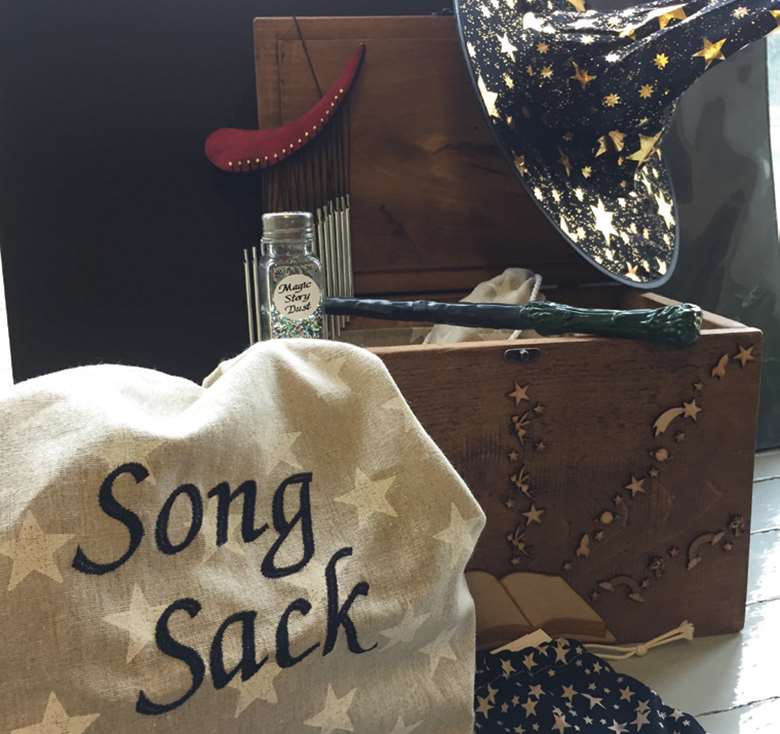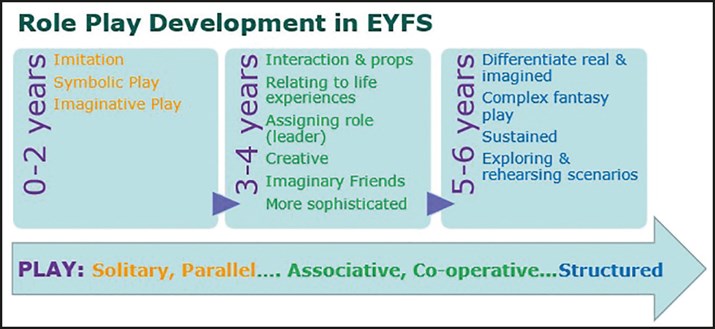Narrative immersion: Do you believe in magic?
Rebecca Bell
Wednesday, March 1, 2023
With our tech-addled world, children are less reliant on their imaginations. Rebecca Bell proposes a narrative immersion approach to bring the power of drama, stories and imagined worlds back into the classroom.

All images: Rebecca Bell
Monday morning and the children hurry to the carpet area. Shrouded by a shimmering piece of fabric, waits the magic story box. ‘Let's wake up the magic! What will the challenge be?’ They can't wait to step into the world of an evocative picture book brought to life using the riches of drama, role play and storytelling.
The Riches of Ritual
The ritual begins. The tap of a magic wand. Riddles and rhymes. The box opens. The wizard and his magic maestro with artefacts, messages or maps, provoke chatter and predictions as the children explore the clues. ‘Magic story dust really is a must, sprinkle on and we'll go to a magic story world.’ The children sing as they are dusted. They have become ‘imagineers’ and arrive in the story world where the teacher sets the scene as the narrator and introduces a character.
The power of ritual offers the children a safe, inclusive and shared experience. The novelty of what's inside the box trigger engagement with a more creative enhanced provision. No more battered jigsaws. No more children locked into repetitive play habits or simply unable to play with imagination and independence. Instead, you've created a community of enquiry, energized and oozing with the characteristics of effective learning.
The power of Teacher in Role
The story adventure is brought to life using the powerful pedagogy of Teacher in Role, Teacher as Narrator and Teacher as Facilitator. Enhanced by EYFS friendly drama conventions, the children feel compelled to help. Their playful and creative responses move into sustained purposeful play beyond the carpet. Drama activates play – it is structured play. Learning through the body is learning that stays in the mind, and all teachers are in the business of ‘sticky learning’; making memories that will stay in the heart and mind of the child forever.
Role-play encourages children to revisit, explore and expand their learning and experiences. It helps them understand their own feelings, while also helping them recognise those of others. As practitioners take roles within the story and children imitate and imagine, they can observe and practise the subtleties of social signalling which makes them effective communicators. Role-play provides a safe environment for testing out life without threatening children's wellbeing.

Plan and prepare
Planning a Narrative Immersion is first inspired by selecting the right book. The book must…
- respond to the interests and needs of the children (and inspire the staff)
- expose children to new vocabulary
- inject challenge to inspire enquiry and purpose
- enable you to linger and loiter in one story for a half term, inspiring a treasure trove of experiences as your story adventure unfolds
- inspire diverse experiences beyond their limited world
- offer themes and concepts that connect to KS1 and KS2
Take the topic of ‘Mini Beasts’ for example, using the book, The Bug Collector by Alex Griffiths. The children meet George the bug collector, and after a visit to the Museum of Wildlife they help him capture ‘fabulous creatures’, only to discover that they ‘aren't meant for a life in a bottle.’ Then, ‘what if…?’ (the magic drama question)… on setting the bugs free they invade Albert's allotment and destroy his plants! What are the children to do? Who might they become to help Albert restore the growth of his food? Are pesticides the answer? Through these dilemmas, the children are invested as curious, thinking, feeling and physical learners.
The big questions
Rich themes like dependency, care, freedom, habitat, can be examined. These trigger enquiry questions like, ‘What does it mean to have freedom?’; ‘Why is our world dependent on bugs?’; and ‘How can we best care for the habitat of bugs?’. These questions inspire high-order thinking skills and opportunities for discussion around concepts that connect to KS1 and 2: growth, human impact on the world, invasion and displacement, and conservation and sustainability.
These creative provocations are so important. In her book Toxic Childhood, Sue Palmer talks of how the modern world is damaging our children. In early years education, more and more children arrive with less vocabulary and readiness to play, learn and socially engage. Often sedated by screens, their bodies and minds are not ready for school. Magic story worlds are emotive, active, immersive and language-rich. They help to ‘detoxify’ childhood, humanise the curriculum and offer learning for life.

